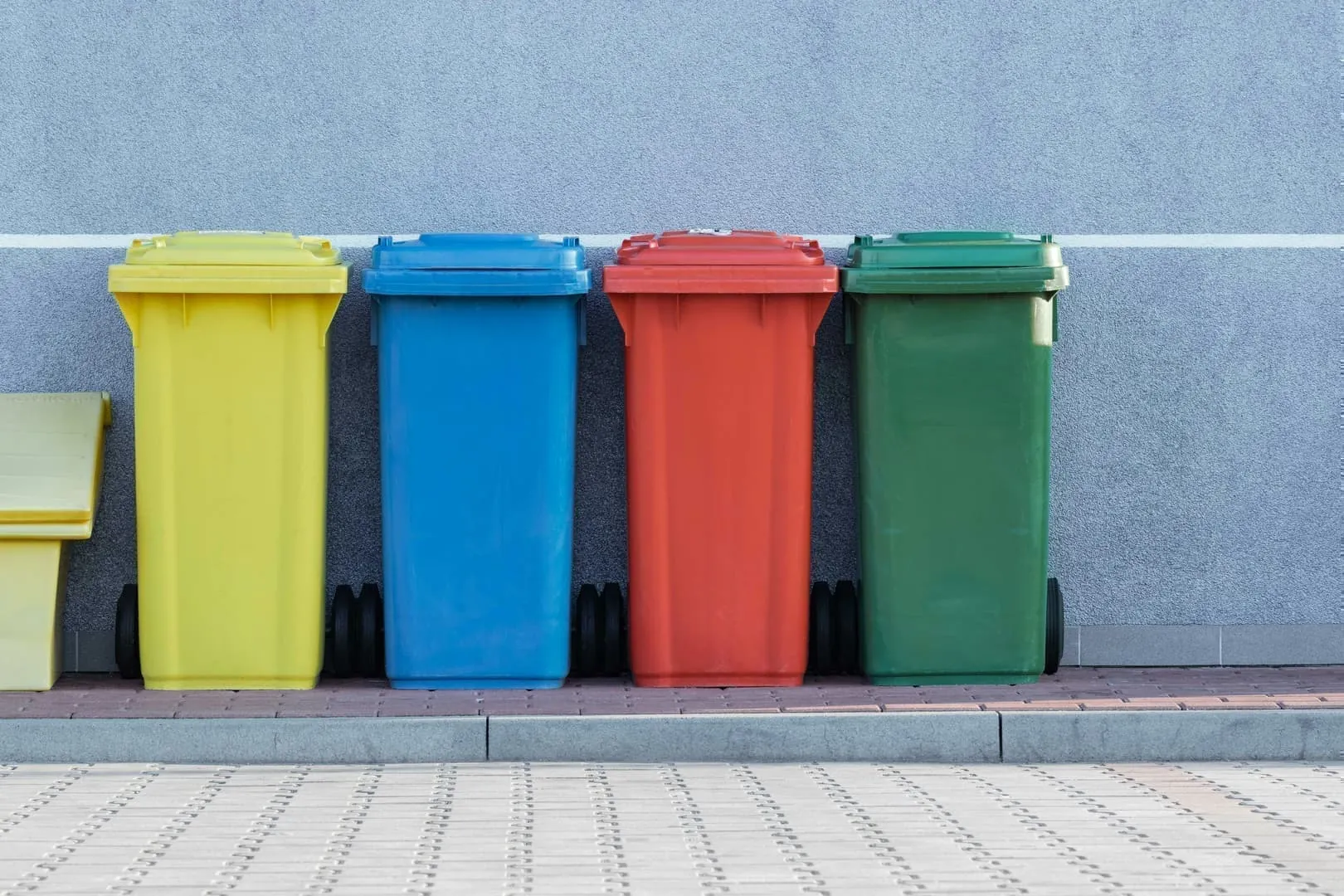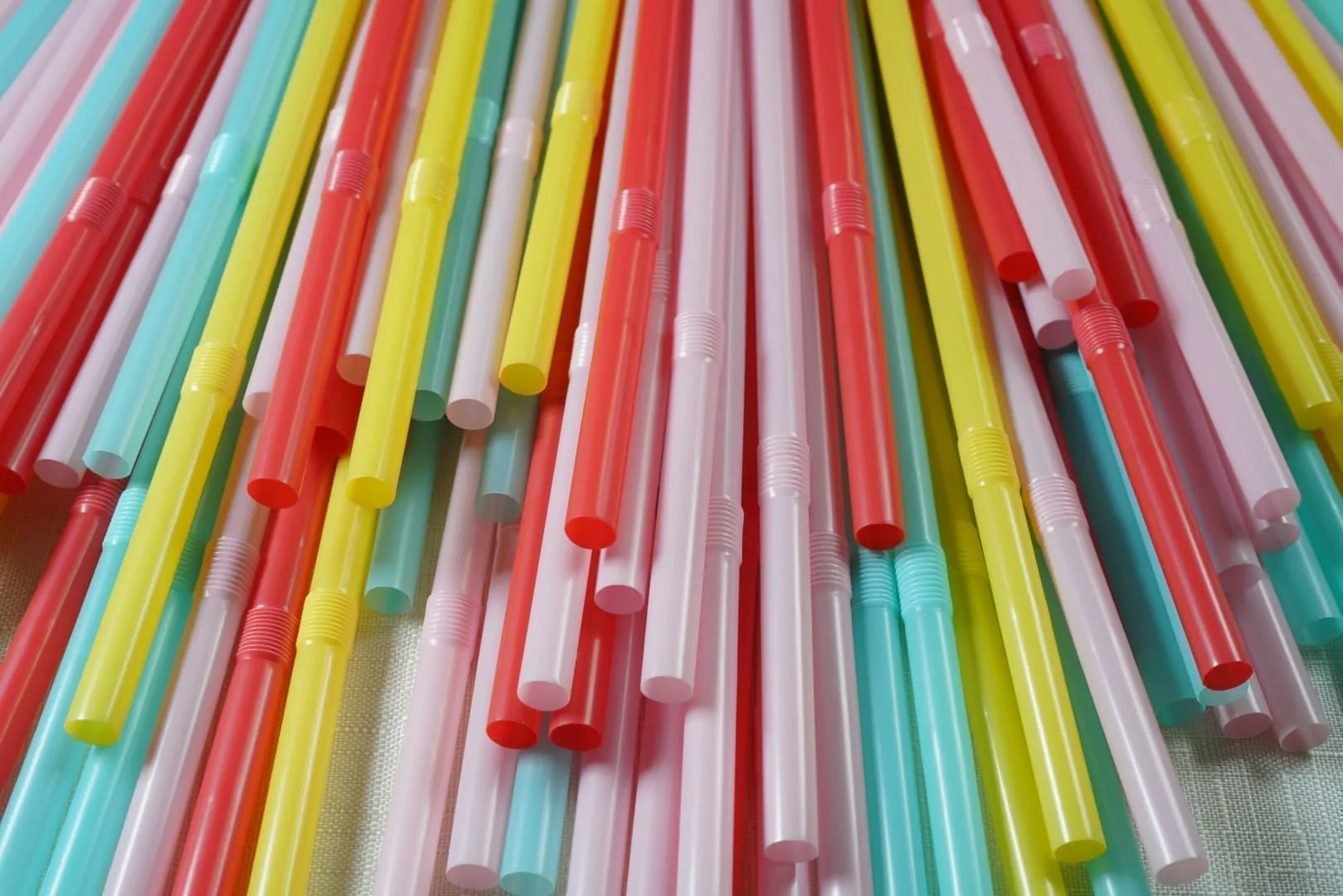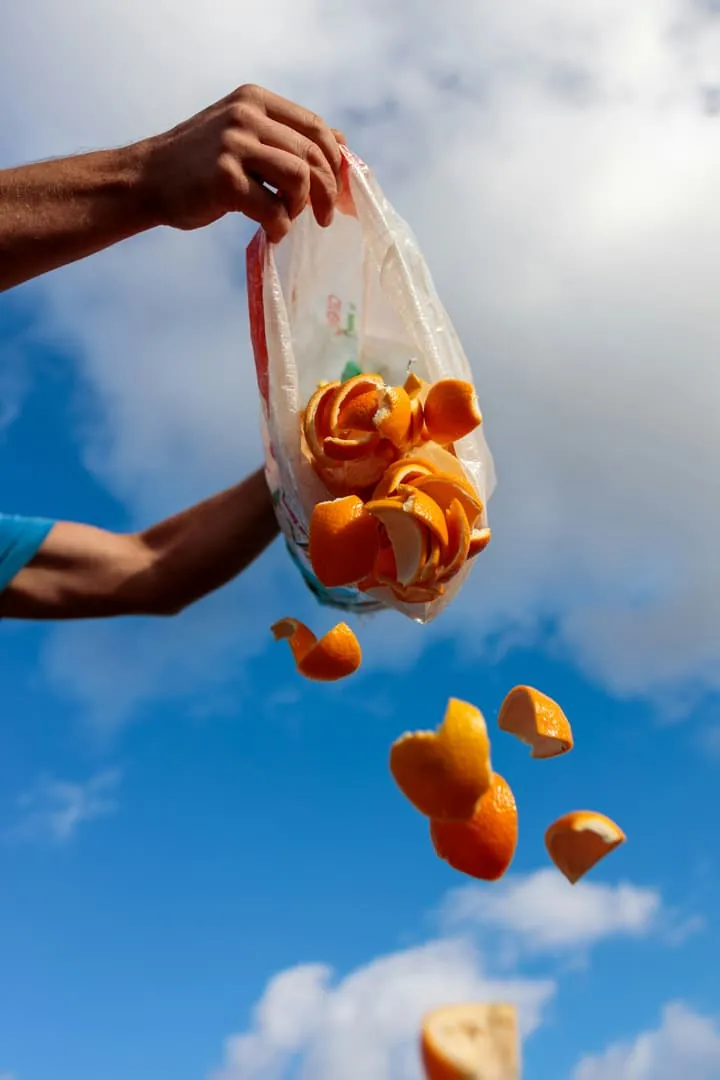
Winter Recycling 2025: 10 Simple Ways to Cut Waste at Home
When winter arrives, we spend more time indoors — and that often means more packaging, food scraps, and waste. But cutting down on winter waste is easier than you think. Here are ten practical ways to enjoy a cozy, sustainable, low-waste season.
1. Sort better, not more
2. Prevent waste before it starts
3. Reuse cooking heat
4. Give winter clothes a new life
5. Winter composting made easy
6. Reuse before recycle
7. Handle holiday waste smartly
8. Buy secondhand for gifts
9. Create a home recycling zone
10. Recycle your energy use too
People also ask
Conclusion: Winter recycling is a mindset of care, slowness, and good sense. Every action matters — from sorting to composting. Less waste, more warmth — that's the best way to live the cold season.
About the author:
Alexandre Dubois is a European sustainability enthusiast who shares practical, tested tips for everyday life. From saving on household energy to reducing waste, he focuses on simple changes that deliver real impact. He writes from personal experience, testing solutions in his own home before recommending them. Contact: info@greendailyfix.com
Related posts

Zero-Waste Cooking: Turning Peels and Scraps into Autumn Dishes
Every household wastes around 30 kg of food per year – often edible peels and scraps. Autumn's soups and slow dishes make it the perfect season to turn leftovers into flavor. Here's how to transform kitchen waste into delicious, eco-friendly meals.

Reuse before recycle: how Europeans are giving everyday objects a second life
Before even thinking about recycling, real waste reduction starts with one habit: reusing. Across Europe, millions of households are giving new life to worn or forgotten objects — not out of nostalgia, but out of common sense. From jars to furniture to clothes, almost anything can find a second purpose with a bit of creativity and care.

Goodbye single-use plastic: where does Europe stand in 2025?
Since 2021, the European Union has banned a range of single-use plastics such as straws, cutlery, and some food packaging. Four years later, change is visible, but progress remains uneven across countries and sectors. Where do things really stand in 2025?

Cutting food waste without becoming rigid
Every time I throw food away, it feels like I'm tossing money straight into the bin. And I'm not alone: the average French household wastes 20 kg of food a year, including 7 kg still in packaging. That's about €240 gone. But there are simple ways to cut this waste without turning daily life into a strict routine.